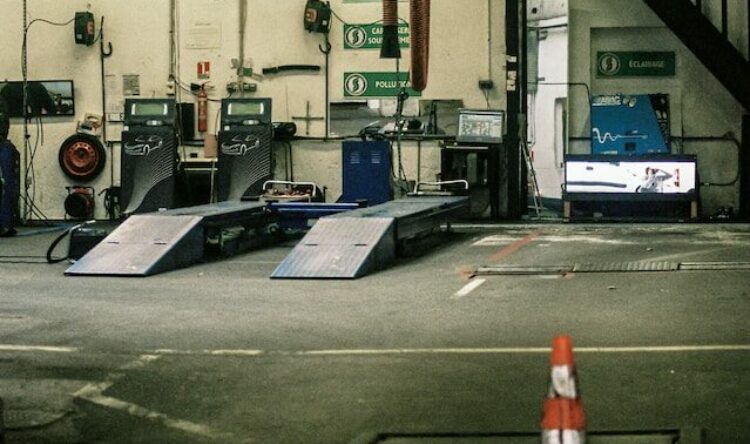Highway Code update
Saturday the 29th January see the introduction of new rules for the road
Major changes to the Highway Code take effect from Saturday (January 29).
The new rules are ‘aimed at improving road safety for vulnerable road users – pedestrians, cyclists and horse riders’.
There is a large number of changes in the Code, some of them fairly controversial. We have previously highlighted these, but wanted to remind you about the changes and provide the direct link to the government website.
According to a new Venson survey, 79% of motorists disagree with the change that will allow cyclists to pass slower-moving or stationary traffic on the right or left, including at the approach to junctions. Cyclists will be advised they should proceed with caution, especially when deciding whether it is safe to pass lorries or other large vehicles. The question being asked by motorists is “what is deemed safe?”
Nearly 50% agree with the proposed new rule advising drivers to remain behind cyclists and motorcyclists at junctions. This should be observed even if the cyclist is waiting to turn and are positioned close to the kerb.
Changes include requesting drivers to give way to pedestrians crossing or waiting to cross a road has ben highlighted by driver trainers and road safety professionals. The survey show public support of 44% for this despite the concerns.
Safety Advice
The Highway Code sets out information, advice, guides and mandatory rules for road users in the United Kingdom. Its objective is to promote road safety.
Not complying with the other rules of the code will not, in itself, cause a person to be prosecuted. However, The Highway Code may be used in evidence in any court proceedings under the Traffic Acts to establish liability. This includes rules which use advisory wording. It is essential that all drivers, especially new drivers, are made fully aware of and understand the information in the Code.
What’s changing
The changes to The Highway Code are extensive
Previously the Highway Code had guided for all road users to be considerate towards each other, applying this principle to pedestrians and drivers equally.
If you are looking to turn into a road and a pedestrian is waiting to cross, you are expected to give way. The new hierarchy of road users places those who can do the greatest harm with the greatest responsibility to reduce danger to others. Thus is designed to protect the most vulnerable people on our roads.
The new rules place emphasis on this hierarchy applying most strongly to drivers of heavy goods vehicles and passenger vehicles, vans, minibuses, cars and motorcycles.
Likewise, cyclists, horse riders and drivers of a horse drawn vehicle have a greater responsibility to reduce dangers posed to pedestrians.
One change in particular is pedestrian priorities at junctions. Currently, road users should only give way to pedestrians who have started to cross the road into which they are turning. However, the new Rule H2 of the revised code provides for priority to be given to pedestrians who are waiting to cross the road as well. Therefore, if you are looking to turn into a road and a pedestrian is waiting to cross, you are expected to give way.
This rule has been already been raised as highly problematic and potentially dangerous. However, unless there is a last minute amendment, this is the rule that applies. It’s important that all road users are aware of such rules to ensure safety and awareness to ensure all road users’ safety and understanding.
Rules for drivers and motorcyclists at junctions
There are too many deaths and life-changing injuries as a result of vehicles turning across the paths of cyclists at junctions. The new rules are an attempt to make drivers more responsible and encourage greater awareness for vulnerable road users such as cyclist and motorcyclists.
The new Rule H3 is designed to protect cyclists . It sets out that when turning into or out of a junction, drivers should not cut across the path of any other road user.
The guidance now stipulates not to cut across cyclists, horse riders or horse drawn vehicles. This includes where there is cycle lane at the nearside. Road users are expected to stop and wait for a safe gap before beginning their manoeuvre. Drivers are tasked with not turning at junctions if it would cause someone going straight ahead to stop or swerve.
Safe Passing Distances
Close passing represents a serious danger to the most vulnerable road users. Cyclists and horse riders are particular examples in mind here. Cyclists have been clipped and dragged under vehicles, while horses are flight animals that can easily be startled by traffic. Close passing at speed can also pose dangers to riders and horses, even without an actual collision.
Rule 163 now prescribes safe passing distances for when overtaking cyclists, motorcyclists, horse riders and horse drawn vehicles.
This includes guiding on at least a 1.5 metre space when overtaking a cyclist at speeds of up to 30mph. More space is expected when overtaking at speeds in excess of 30mph.
If when passing a pedestrian who is walking in the road, drivers are expected to allow at least two metres of space and to maintain a low speed. Extra care should be taken in poor weather.
The guidance also sets out that drivers should not overtake if it is unsafe or not possible to meet the clearances set out.
In addition to setting out safe passing distances, the new Rule 72 establishes the right for cyclists to ride in the centre of their lane, to ensure that they remain visible.
Rule 213 has also been changed to confirm that on narrow sections of roads, horse riders may ride in the centre of the lane and drivers should allow them to do so for their own safety, to ensure they can see and be seen.
The ‘Dutch Reach’
When cycling by parked vehicles, the risk of doors being opened into a cyclist’s path is a real danger and a common cause of collision. Previously, the Highway Code had warned only for cyclists to watch out for doors being opened.
Rule 67 has now been revised to provide guidance on the safe distance to pass parked vehicles. It is now suggested leaving a door’s width or one metre when doing so.
For those opening the doors of parked vehicles, Rule 239 has also been updated to include what is often known as the ‘Dutch Reach’. When you are able to do so, you should open your vehicle door using your hand on the opposite side to the door you are opening. In doing so, this forces you to turn your body and your head. This means you are in a better position to check over your shoulder and your blind spot. This reduces the chances of opening their door into someone’s path.
Know the Code
There are many other changes and amendments to the current Highway Code. As driver trainers and road safety professionals it is essential we understand the rules, whether we agree with them or not. It is our duty to be able to explain and teach drivers, new and old, what why and when they should be applied.
Read about all the official changes here.






